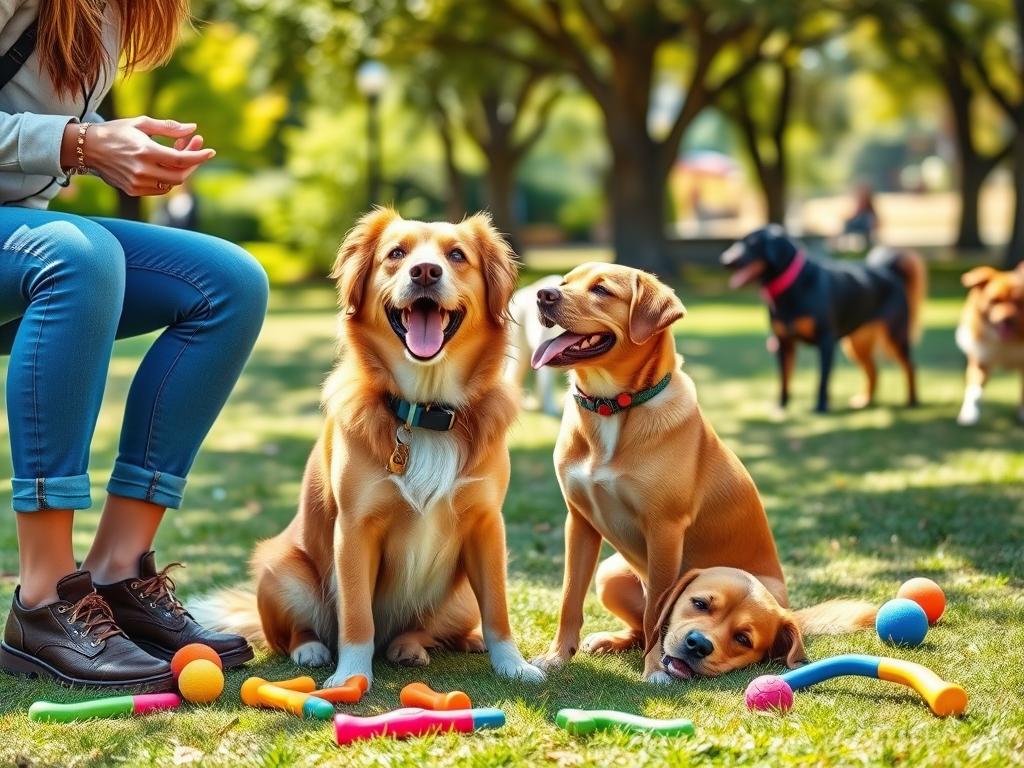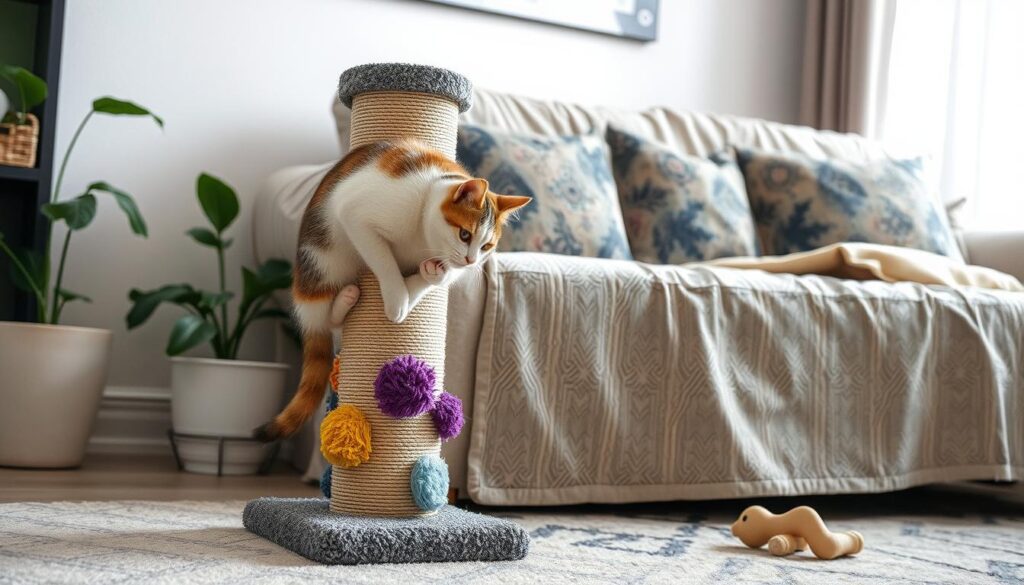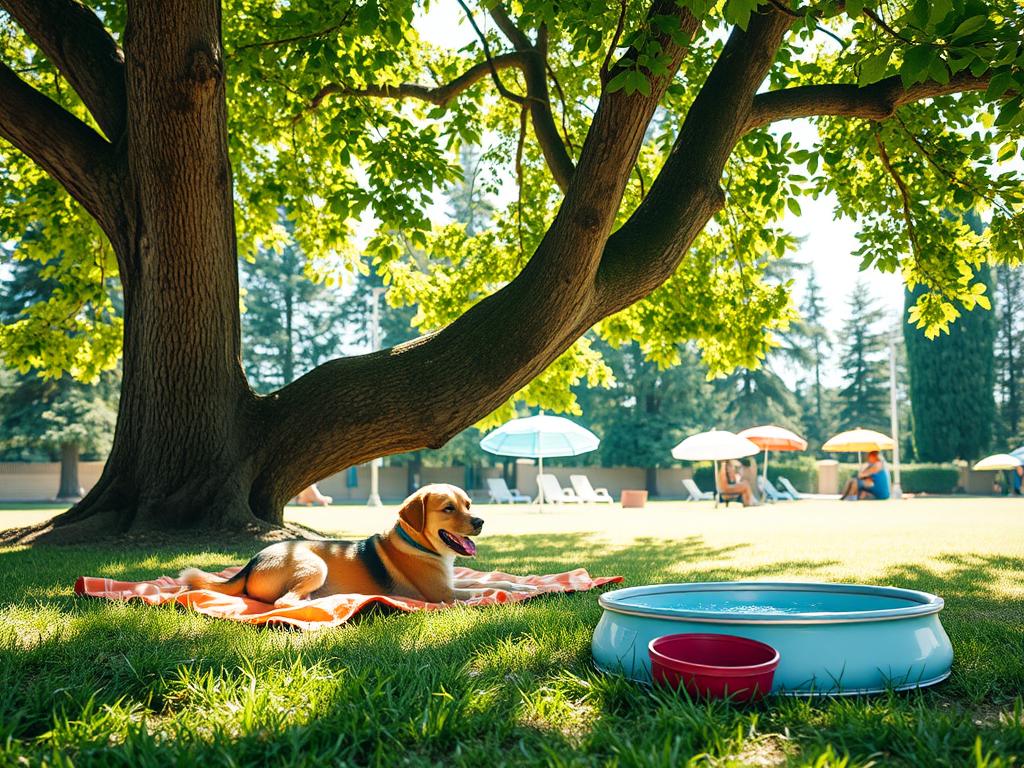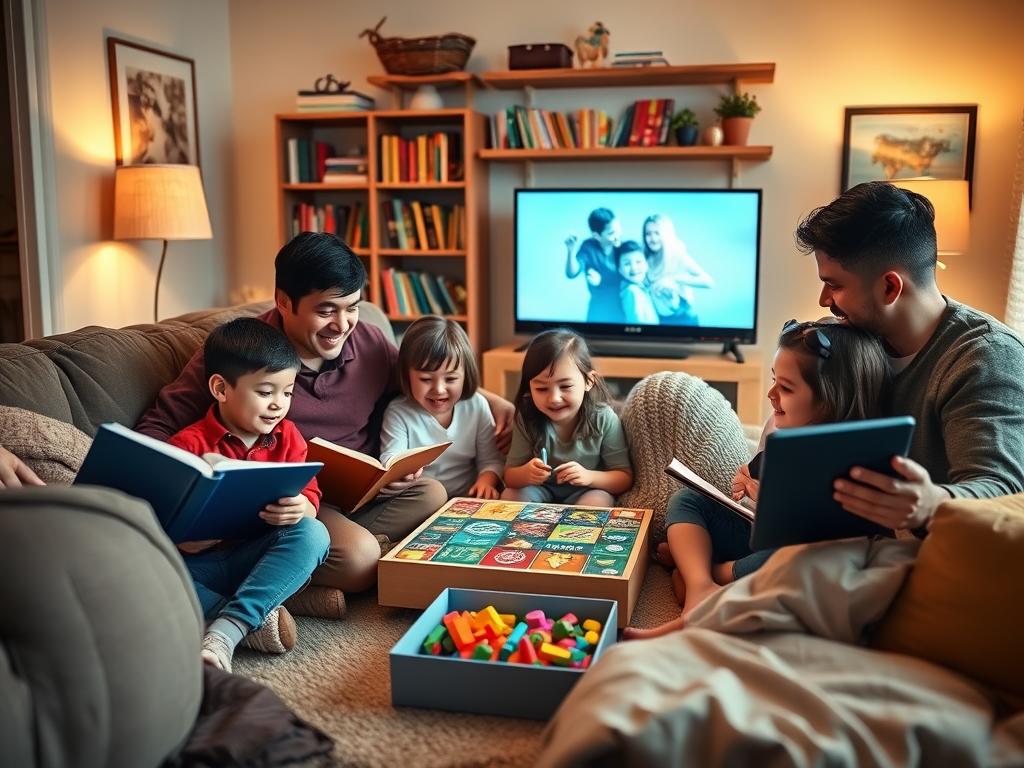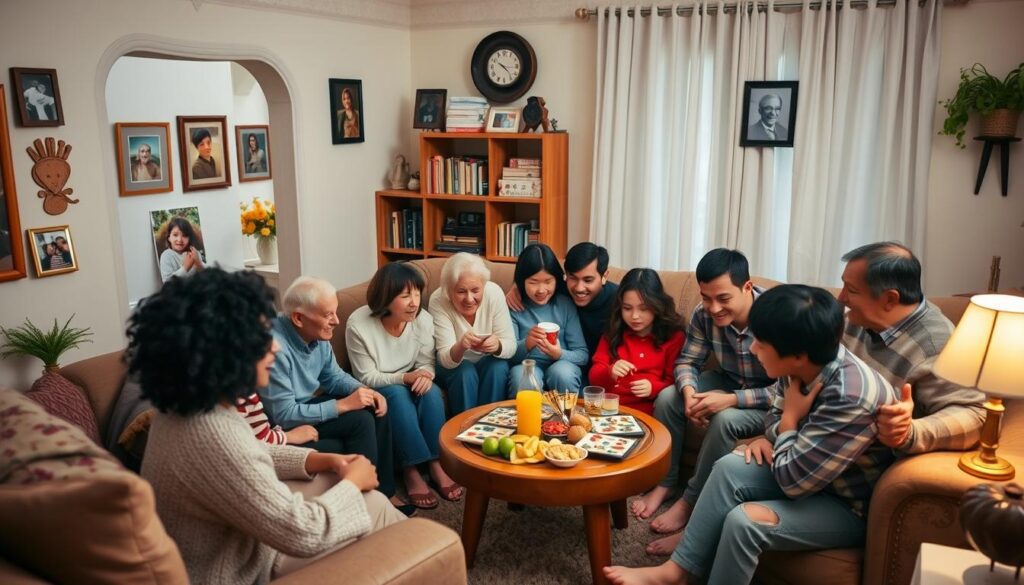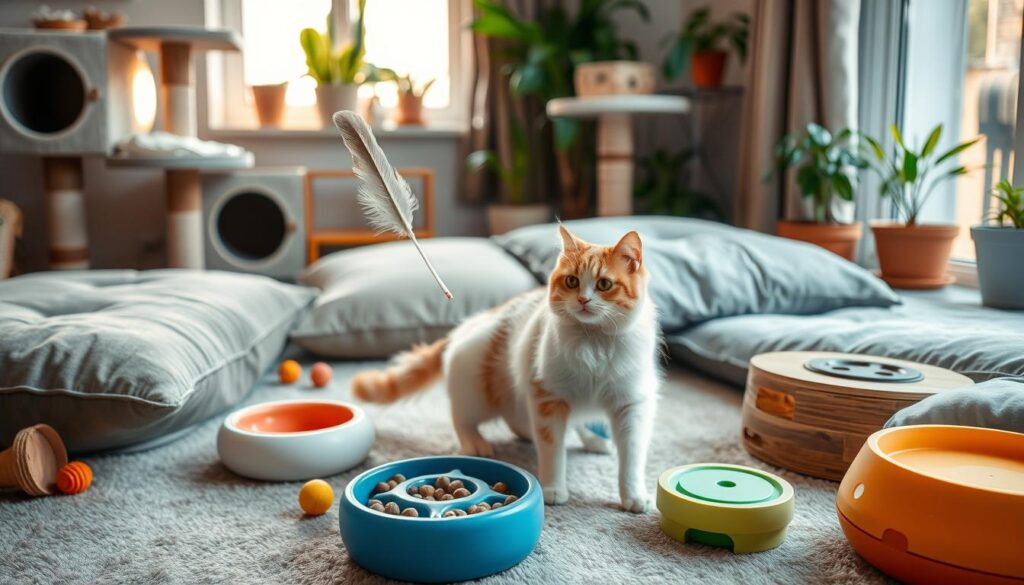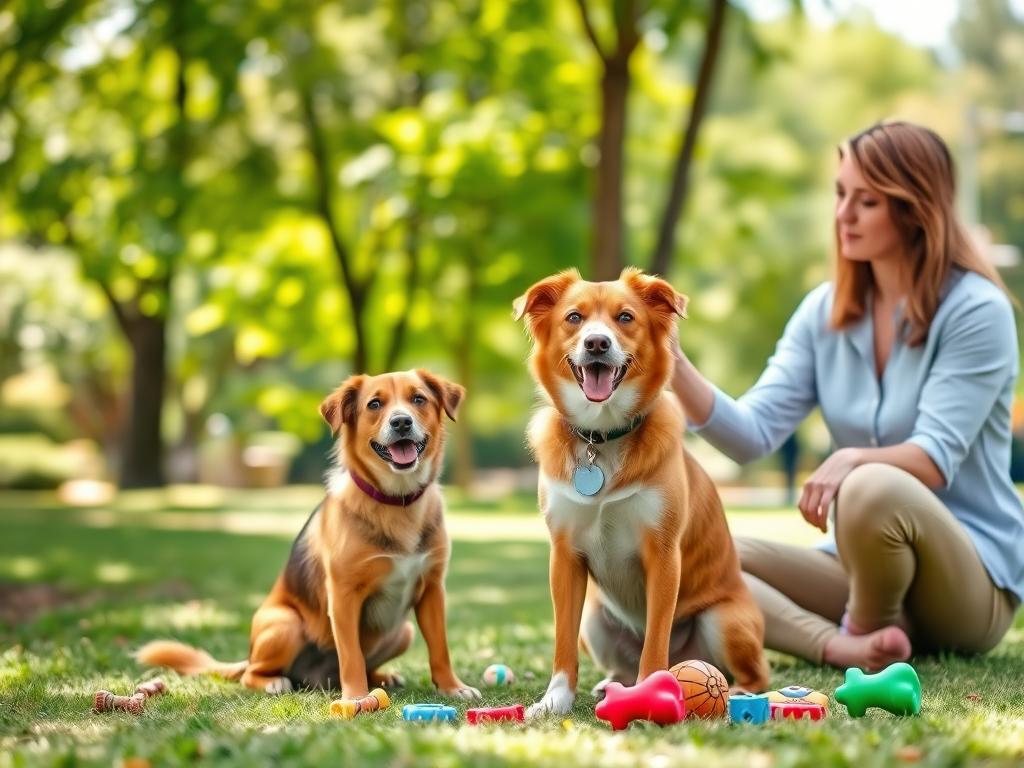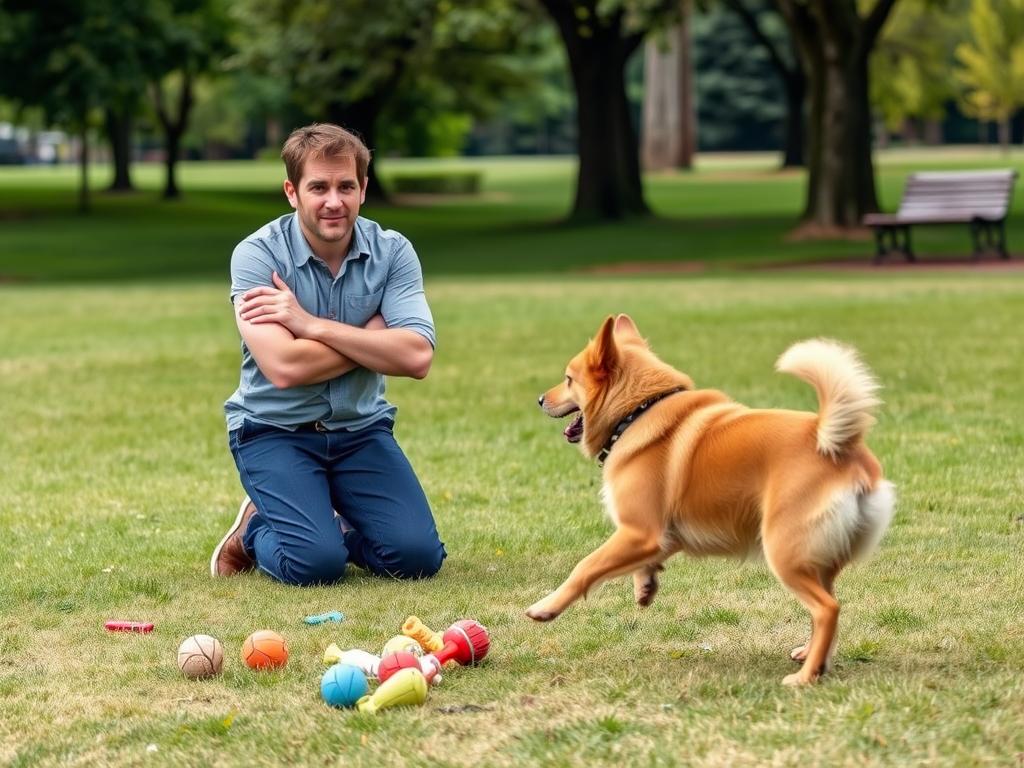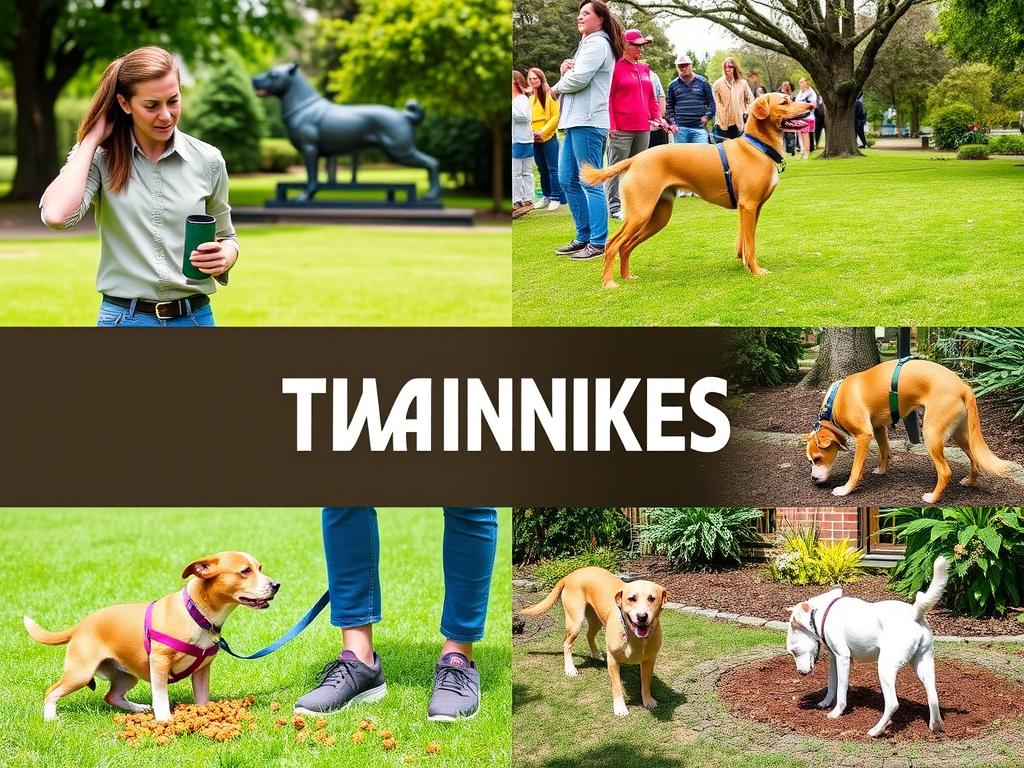Did you know that nearly 90% of veterinarians agree that positive reinforcement is the most effective method of dog training? This approach not only enhances the learning experience but also helps build a strong bond between dogs and their owners. At the core of these Top Positive Training Techniques for Dogs lies the principle of rewarding good behavior rather than punishing unwanted actions.
By employing effective dog training methods, pet owners can create a more enjoyable and fulfilling environment for their canine companions. The journey to a happy and well-behaved dog begins with understanding the fundamental aspects of reward-based training for canines.
Key Takeaways
- Correct timing in positive reinforcement is essential; rewards should happen within seconds of the desired behavior.
- Common verbal cues in training include “sit,” “stay,” “come,” and more, which help direct your dog’s actions.
- Types of rewards can vary from food treats to praise or favorite toys, ensuring motivation for your dog.
- Initially, it’s important to reward every desired behavior before switching to intermittent reinforcement.
- Consistency in training cues among all family members is crucial for effective dog training.
- Short training sessions—ideally five minutes—are recommended for maintaining your dog’s focus and enthusiasm.
Understanding Positive Reinforcement in Dog Training
Positive reinforcement is pivotal in shaping a dog’s behavior. It involves rewarding desired actions to encourage their repetition, creating an engaging atmosphere for both pet and owner. With this method, many find effective ways to train your pup while fostering a strong bond.
What is Positive Reinforcement?
This technique focuses on rewarding good behavior instead of punishing undesirable actions. For example, treats, praise, or toys can reinforce a positive action. This approach is a part of proven dog training techniques that nurture trust and respect between pets and their owners.
Benefits of Using Positive Reinforcement
- Increases obedience and improves behavior.
- Enhances the relationship between pet and owner.
- Makes training more enjoyable and less stressful.
- Aids in reducing anxiety and fear in dogs.
- Encourages effective learning through positive experiences.
Research consistently shows that positive reinforcement for puppies correlates with successful outcomes. This approach has outperformed outdated punitive methods, leading to healthier and happier pets.
Common Myths About Positive Training
Some believe that positive reinforcement can lead to spoiled behavior. In reality, this training style emphasizes clear boundaries and consistency in commands. Myths like this often misrepresent effective ways to train your pup. The truth is that, with proper guidance and techniques, dogs thrive without the need for physical punishment, which can result in anxiety and behavioral issues.

Essential Tools for Positive Dog Training
Effective dog training relies on the right tools to enhance communication between you and your furry friend. These tools not only assist in the training process but also promote positive reinforcement. Understanding the essentials can significantly improve your approach, making it easier to implement best practices for training dogs.
Clickers: A Dog Trainer’s Best Friend
Clickers serve as a precise tool for dog trainers, marking the exact moment a desired behavior occurs. This clarity helps reinforce learning, ensuring your dog understands which actions gain rewards. A clicker set is typically available for about $1.50 each, and many trainers opt for a lower-priced bundle that includes a target stick. Consider a whistle and clicker set for added versatility. Incorporating these clicker training tips can optimize your training sessions, making them more effective and enjoyable.
Treats and Rewards: How to Choose the Right Ones
Selecting the appropriate treats and rewards plays a critical role in the training process. Opt for a variety of food reward tiers, prioritizing soft and high-value treats that motivate your dog. Understanding your dog’s preferences is crucial, as choosing rewards they truly enjoy leads to more effective training. Dog training methods using tailored treats tend to yield better results, fostering a positive learning environment. Generating excitement through varied rewards keeps your dog’s attention and engagement at a high level.
The Role of Toys in Training
Interactive toys make excellent rewards during training sessions. A 20 pack of balls can be purchased cheaply and used to motivate your dog during playtime. These toys not only offer entertainment but also encourage a stronger bond through shared activity. Wholesale dog toy collections provide a good variety of products that can support various training efforts. When implementing these rewarding strategies, ensure that you choose safe and suitable options based on your dog’s size and activity level.

| Tool | Purpose | Recommendation |
|---|---|---|
| Clicker | Marks behavior | Sets available for about $1.50 each |
| Treats | Motive reinforcement | High-value, soft treats recommended |
| Toys | Interactive play | 20 pack balls available cheaply |
| Leash | Control during training | High-quality, six-foot durable leashes recommended |
| Collar/Harness | Complete control | Martingale or slip collars suitable |
| Target Stick | Holds dog’s attention | Lightweight and rigid recommended |
Step-by-Step Techniques for Training Your Dog
Effective dog training involves using step-by-step training techniques that promote good behavior through consistency and patience. Understanding basic commands, socialization, and leash training empowers dog owners to create positive experiences with their furry companions.
Basic Commands Every Dog Should Know
Teaching your dog essential commands like sit, stay, and come lays the groundwork for obedience. These basic commands represent fundamental aspects of dog training methods and serve as building blocks for further skills. Short training sessions work best, allowing dogs to remain engaged without feeling overwhelmed. Instead of one lengthy training session, multiple short sessions spread throughout the day yield effective results.
Socialization Techniques for Puppies
Socializing your puppy is vital for their development. Introduce them gently to different environments and stimuli to ensure a well-rounded temperament. Maintaining a distance from other dogs during walks while rewarding your puppy for ignoring them helps build confidence. Gradually decrease this distance while continuing rewards. Utilizing these effective ways to train your pup promotes a positive perception of new experiences.
Leash Training: Making Walks Enjoyable
Leash training transforms walks into enjoyable outings. Start by rewarding your dog for staying close and not getting distracted by other dogs or people. If your dog attempts to run away, avoid chasing after them. Instead, reward them with treats when they return when called. This tactic not only enhances obedience but also supports a strong bond between you and your pet, reinforcing positive behaviors.

Incorporating these step-by-step training techniques will make a significant difference in your dog’s behavior and your relationship. For more insights on creating a positive environment for your pup, consider exploring this resource.
Overcoming Challenges with Positive Techniques
Training dogs using positive methods can present a variety of challenges. Pet owners often encounter distractions that can impede effective dog training. Creating a calm environment can significantly improve focus. Gradually introducing your dog to distractions while maintaining consistent rewards fosters a successful training atmosphere.
Dealing with Distractions During Training
Distractions can arise from different sources, such as other animals, noises, or changes in the environment. To manage these effectively, consider the following techniques:
- Start training in a quiet space.
- Gradually introduce distractions, rewarding your dog for maintaining focus.
- Break training sessions into shorter intervals to prevent overwhelm.
By practicing these steps, pet owners can enhance their dog’s ability to concentrate, which is key when implementing proven dog training techniques.
Managing Behavioral Issues with Positive Methods
Common behavioral issues, such as excessive barking or jumping, can be addressed through positive reinforcement strategies. For instance, redirecting aggression involves techniques like muzzle training and desensitization, allowing dogs to experience challenging situations safely. Engaging with your dog using chew toys can mitigate destructive chewing, while reward-based approaches can significantly assist in housebreaking.
Consistent training approaches lead to successful outcomes. Engaging in therapeutic activities and providing mental stimulation proves beneficial in overcoming these challenges. Understanding the root causes of behavioral helps in shaping constructive strategies for your canine companion.
When to Seek Professional Help
While many behavioral concerns can be resolved with effective dog training methods, some situations may require the guidance of a professional. Signs that you might need to enlist expert help include:
| Signs of Difficulty | Possible Solutions |
|---|---|
| Persistent destructive behavior | Consult a certified trainer for tailored strategies. |
| Escalating aggression issues | Begin working with a behavior consultant. |
| Inability to manage basic commands | Engage with a professional providing positive reinforcement training. |
Seeking professional help is not a sign of failure but rather a proactive step towards nurturing a better relationship with your dog. For those interested in a deeper understanding of the challenges in dog training, exploring resources on effective positive reinforcement techniques can offer invaluable insights.
Building a Strong Bond Through Training
Creating a lasting connection with your puppy is essential for successful training and lifelong companionship. The importance of consistency and patience cannot be overstated; these qualities help reinforce desired behaviors while establishing trust. By employing effective ways to train your pup, such as positive reinforcement for puppies, owners will not only facilitate learning but also nurture a deeper relationship.
The Importance of Consistency and Patience
A regular training routine enhances your dog’s learning experience. Short, frequent sessions tailored to your pup’s unique needs set the foundation for success. Consistency in commands and rewards enables your puppy to grasp what is expected, leading to a joyful and trusting relationship. Remember, training isn’t just about obedience; it’s about enriching the bond you share.
Engaging Activities to Strengthen Your Bond
Incorporating fun activities into training makes the experience enjoyable for both you and your puppy. Interactive games, trick training, and daily walks not only reinforce learning but also provide opportunities for socialization and physical exercise. Engaging with your dog in these activities boosts their confidence, fulfilling their species-specific needs while solidifying your connection.
Celebrating Milestones in Your Dog’s Training Journey
Acknowledge and celebrate your dog’s achievements, no matter how small. Recognizing milestones fosters a rewarding atmosphere, encouraging your puppy to thrive. From mastering basic commands to overcoming challenges, positive reinforcement helps your pup associate good behavior with joyful experiences. For more insights on effective training strategies and tips, visit this resource to support your journey in building a bond with your dog.

